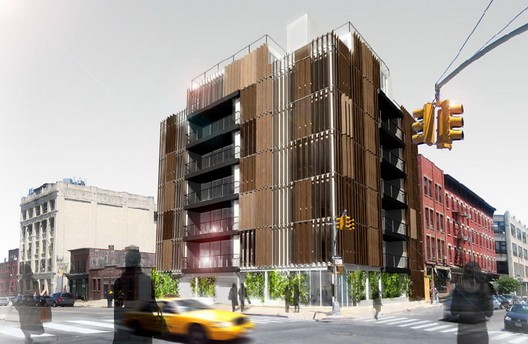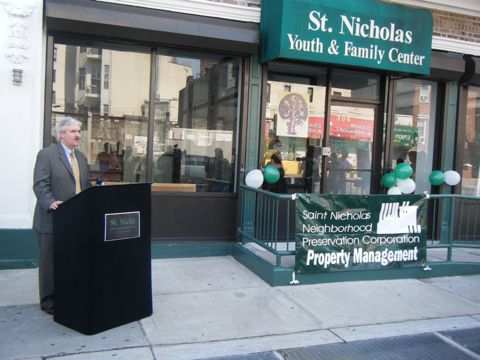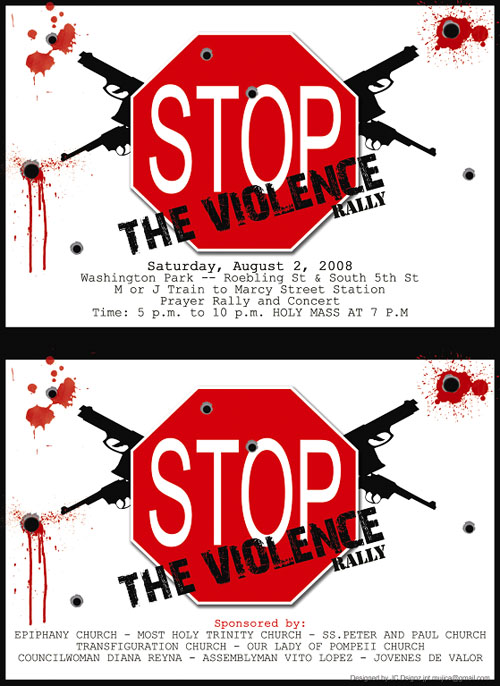Another MDIM project highlighted on Curbed, this one at the corner of Driggs and North 12th (the smaller vacant lot facing McCarren – this by the way on the lone R7A block in the area, so relatively high density). And another winner – it will be very interesting to see this next to the Karl Fisher project going up on the lead paint factory site to the west.
I’d be interested to know who the developers are for these MDIM projects – they are obviously maximizing value, but doing so with an aesthetic that is decidedly a cut above the north Brooklyn norm.



